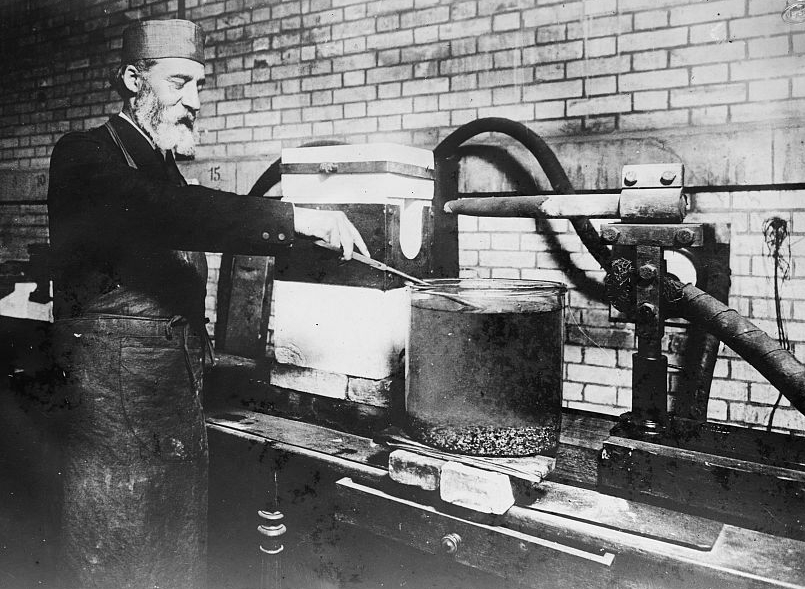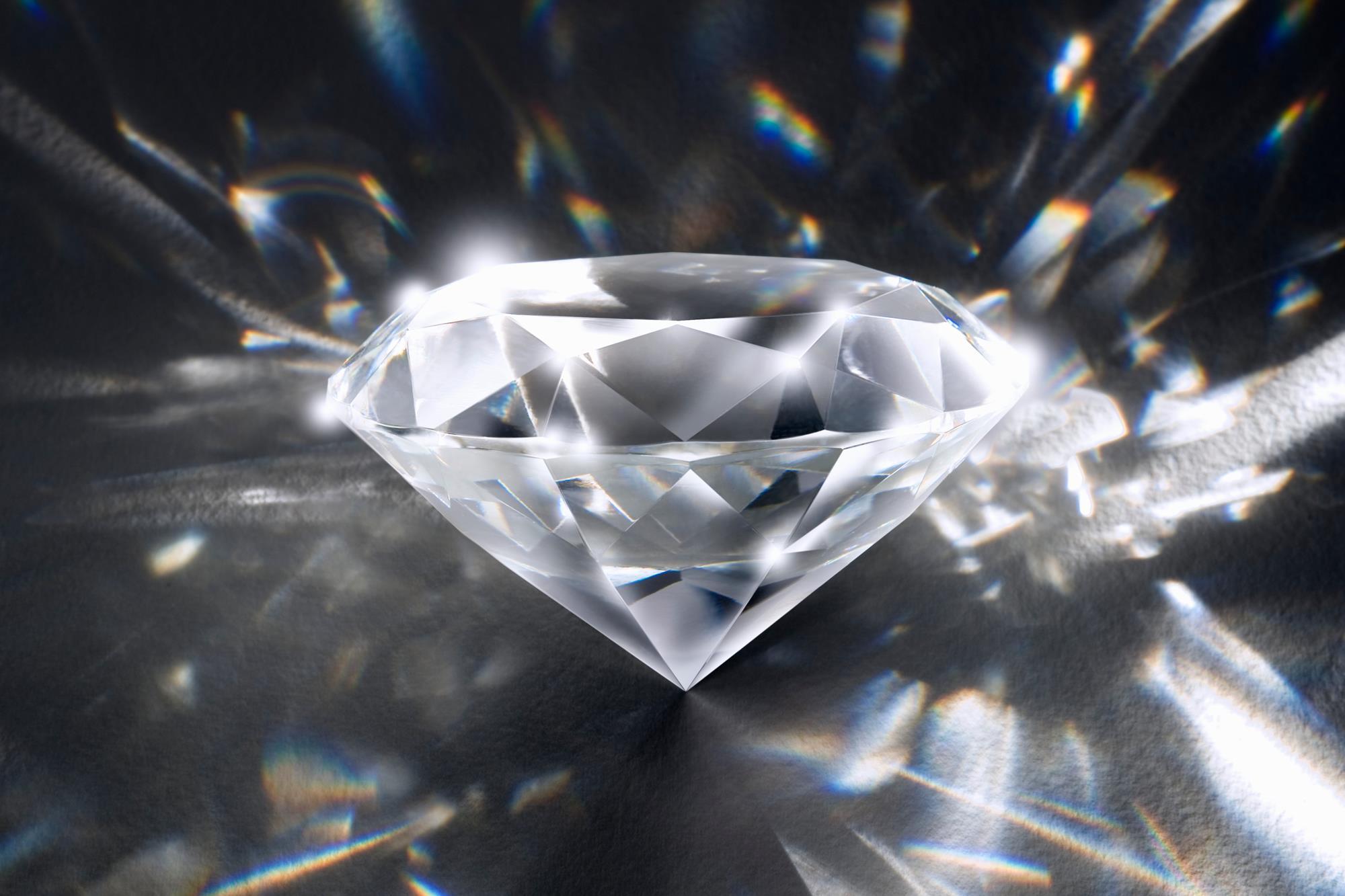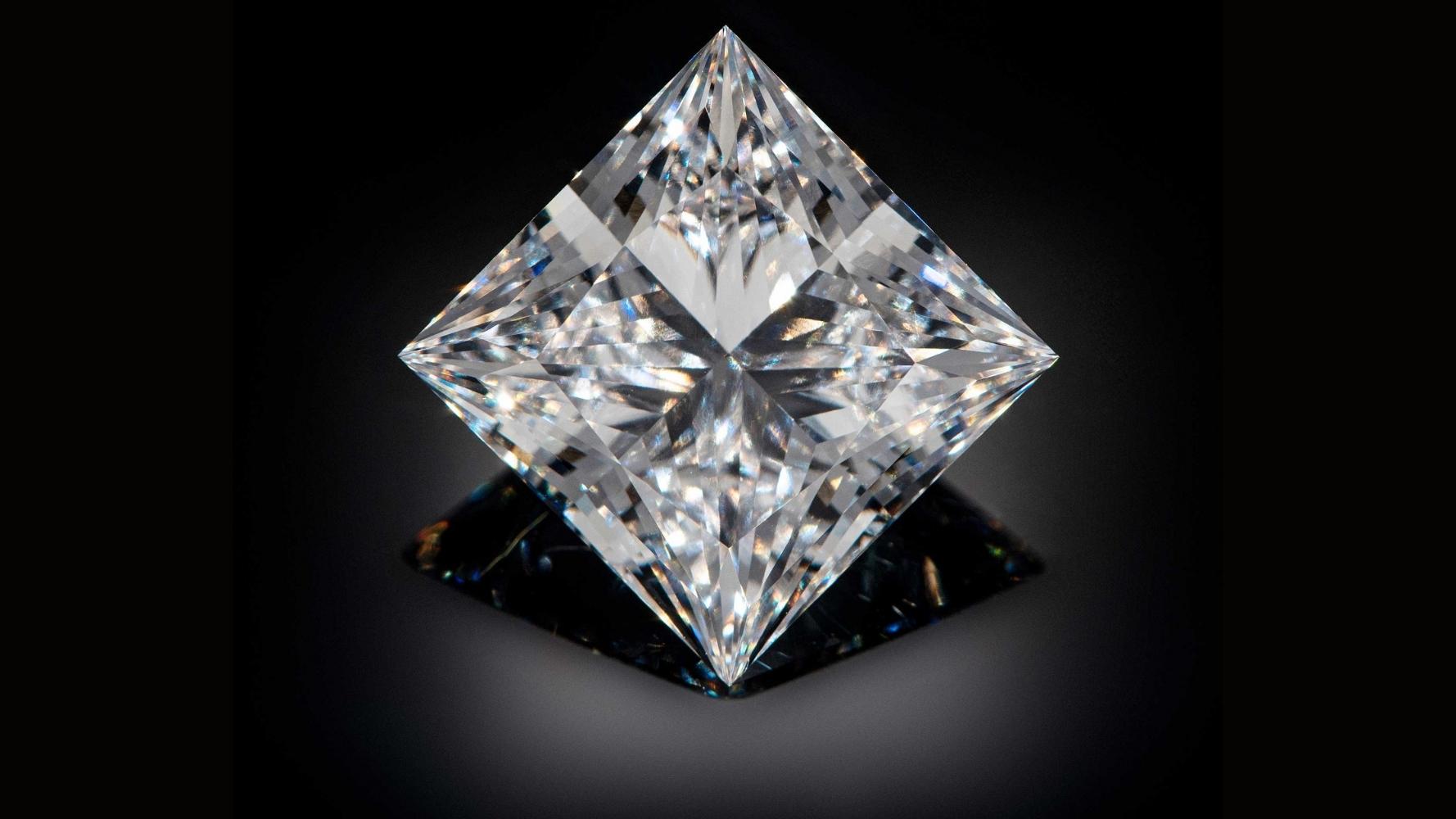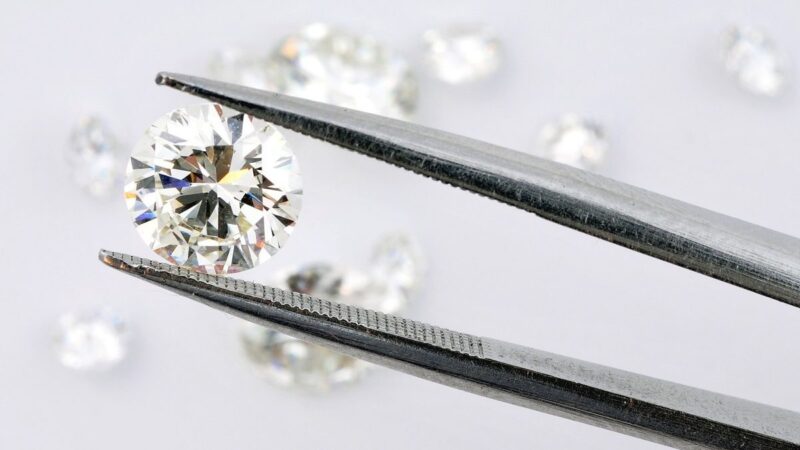The world of fine jewellery is constantly evolving and innovating, with the emergence of lab-grown diamonds and moissanite production techniques offering a more sustainable and affordable alternative to mined gems.
The Science Behind the Sparkle: Innovations in Lab-Grown Diamonds and Moissanite Production Techniques explores how these new processes work, their benefits compared to natural stones, and why they are becoming increasingly popular among jewellery consumers. One prime example of this trend is the rising popularity of Moissanite engagement rings, which beautifully showcase the potential of these cutting-edge gemstones.
1. Overview of Lab-Grown Diamonds and Moissanite
The Science Behind the Sparkle: Innovations in Lab-Grown Diamonds and Moissanite Production Techniques article provides an overview of lab-grown diamonds and moissanite. It explains how these gemstones are created through a process known as chemical vapor deposition (CVD).
The article also dives into the advantages of purchasing lab-grown stones, such as their affordability, environmental friendliness, and lack of conflict associated with traditionally mined gems. Additionally, it discusses some potential drawbacks to be aware of when considering whether or not to purchase a lab-created diamond or moissanite stone. Finally, the article examines current trends in technology that may shape future developments in this field.
2. History of Synthetic Gemstone Production

The Science Behind the Sparkle: Innovations in Lab-Grown Diamonds and Moissanite Production Techniques article delves into the history of synthetic gemstone production. In 1937, a scientist by the name of Henri Moissan was able to produce artificial diamonds from carbon using an electric arc furnace.
This spurred on further research and development, resulting in a range of synthesis techniques that have been used to create both diamond and moissanite stones over the years. These include Chemical Vapor Deposition (CVD), High Pressure High Temperature (HPHT), Microwave Plasma Enhanced Chemical Vapour Deposition (MPCVD) and Laser Assisted Substrate Transfer Synthesis (LASTS).
Each technique has its own advantages when it comes to creating different types of synthetic gems, with CVD being known for producing higher-clarity diamonds than HPHT or MPCVD. The advancements made in lab-grown diamond production have enabled consumers to access beautiful stones at more affordable prices while still enjoying all the benefits that come with owning real diamonds.
3. Chemical Properties of Lab-Grown Diamonds and Moissanite
The Science Behind the Sparkle: Innovations in Lab-Grown Diamonds and Moissanite Production Techniques focuses on the chemical properties of lab-grown diamonds and moissanite. Both are made from pure carbon, but they differ in their molecular structures. Lab-grown diamonds have an isometric crystal structure, while moissanite has a trigonal structure.
The size and shape of both diamond atoms create a unique sparkle that can’t be replicated with any other material. Additionally, since these gems are created by scientists in a controlled environment, there is greater control over the quality of each stone produced—ensuring uniformity across every piece created. Finally, due to advancements in technology over the past few decades, laboratory diamonds and moissanite boast superior hardness ratings over natural stones—making them more durable for everyday wear!
4. Manufacturing Techniques for Lab-Grown Gems

The science behind the sparkle of lab-grown diamonds and moissanite is an ever-evolving field. Companies are pushing the boundaries to create high quality gems with innovative production techniques. Manufacturing processes for both diamonds and moissanite have improved in recent years, allowing stones to be grown faster, larger, and more accurately than ever before.
For instance, state-of-the-art chemical vapor deposition technology can grow a diamond in just five days! Moissanite producers also use advanced methods such as hydrothermal synthesis to produce uniform crystals that have a higher refractive index than natural stones.
By perfecting these manufacturing techniques, companies are able to ensure that their products will stand up against traditionally mined gems in terms of brilliance, fire, and clarity – giving customers the best possible choice of gemstones available on the market today.
5. Environmental Impact of Synthetic Gem Production
The Science Behind the Sparkle: Innovations in Lab-Grown Diamonds and Moissanite Production Techniques article explores the technological advancements in the production of synthetic gemstones. These gems are produced using a variety of different methods, from high pressure and high temperature to chemical vapor deposition (CVD).
The environmental impact of producing these stones must be taken into account when considering their sustainability as an alternative to mined diamonds or moissanite. Synthetic diamond production is energy intensive, emitting carbon dioxide as well as other gases that can contribute to climate change.
Additionally, some synthetics may contain hazardous materials such as ammonia or boron which could have adverse effects on air quality if released into the atmosphere. On a positive note, lab-grown gems require less water than those extracted from natural sources, making them more eco-friendly overall.
6. Future Innovations in the Field

The future of lab-grown diamond and moissanite production is bright. As technology continues to evolve, new techniques and processes will be developed that make it easier and more efficient to produce these beautiful stones. In addition, the quality of the gems produced using this process will improve as well.
These new innovations could include improved cooling methods for faster growth rates, or even a transition from chemical vapor deposition (CVD) to other processes such as hydrothermal synthesis or physical vapor deposition (PVD).
It’s possible that in the future we may see entire jewelry collections composed entirely of lab-created diamonds or moissanite due to their beauty, affordability, and ethical sourcing practices. Ultimately, advancements in this field will benefit consumers by making stunningly beautiful gemstones available at an even lower cost than before.


